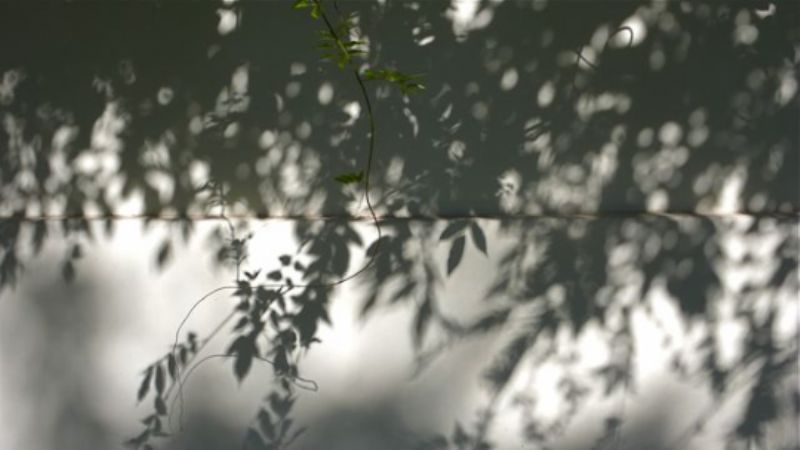 Entrance to Selimiye Barracks
Entrance to Selimiye Barracks  Kucukso Palace: arch by the Bosphorus
Kucukso Palace: arch by the Bosphorus  Kucuksu lion
Kucuksu lion  Kucuksu pavilion and bridge
Kucuksu pavilion and bridge  … and the bridge
… and the bridge  Shadows during lunch
Shadows during lunch  Children in playground
Children in playground  Yorus Castle
Yorus Castle
There were two high points of my day. The first was a visit to Seilmye Barracks, originally built by Selim III in 1799 to house his New Army, in what proved to be a forlorn attempt to push aside the powerful Janissaries. He was deposed and killed in a Janissary insurrection in 1807-8 and the barracks subsequently burned down. The present, massively imposing building dates from the period after Mahmut II had massacred many of the Janissaries – and disbanded the rest.
The barracks were used as a hospital during the Crimean War (1853-6), when they became associated with the work of Florence Nightingale. I recognised one of the corridors from contemporary engravings as soon as I saw it. She worked from the northeast tower, which we climbed to the top of via a seemingly unending spiral staircase. As I was sitting on the top floor, a spectacular black-and-white moth came and alighted on my bag. After a moment of reflection, I put aside my sense of vertigo, opened the window and released it into the blue.
I researched Florence Nightingale’s story for the section on her work in The Power of Unreasonable People, the book I published early last year with Pamela Hartigan. But nothing prepared me for the extraordinary intelligence that shone through in a long letter she had written in 1881 on nursing – quite remarkable. A facsimile was displayed on the wall of the Florence Nightingale Museum at Selimiye. If you get a chance, go there.
Our cameras and cell phones are all taken from us as we arrive at the Barracks and we are trucked around the site in an olive drab military bus. But we get somewhat special treatment because our second guide, Cemil, mentions that his grandfather was a very senior figure in the Republican military – indeed his picture is at the top of the display of iconic figures in the Barracks.
The second high point, in several senses, was seeing the confluence of the Bosphorus with the Black Sea from the lofty heights of Yoros Castle, above the village of Anadolu Kavak. No much left of the structure, but the views are truly spectacular – and give an amazing sense of the huge traffic in shipping through this region. I also watched as a large fishing boat executed a series of figure-of-eight manoeuvres, presumably to herd shoals of fish into its nets.
During the rest of the day we criss-crossed Bosphorus bridges, visited Beyelerbeyi palace, built by Sultan Abulaziz in the 1860s, and the much smaller Kucoksu palace of the same period.
The absolute low point of the day was hearing that Tim, my father, had lapsed into unconsciousness while standing in the kitchen, falling flat and hard to the floor, breaking his nose, several ribs and several teeth. He is now in the same hospital in Cheltenham that Pat, my mother, has just escaped from few days back.
With my sisters, Caroline and Tessa, taking command back at Little Rissington, Elaine and I decide to stay with Istanbul for the moment. But it feels very strange to be enjoying raki and deep-fried mussels and calamari by the Bosphorus, with horse mackerel boiling up in feeding frenzies alongside, knowing that all of this going on back home.

Leave a Reply